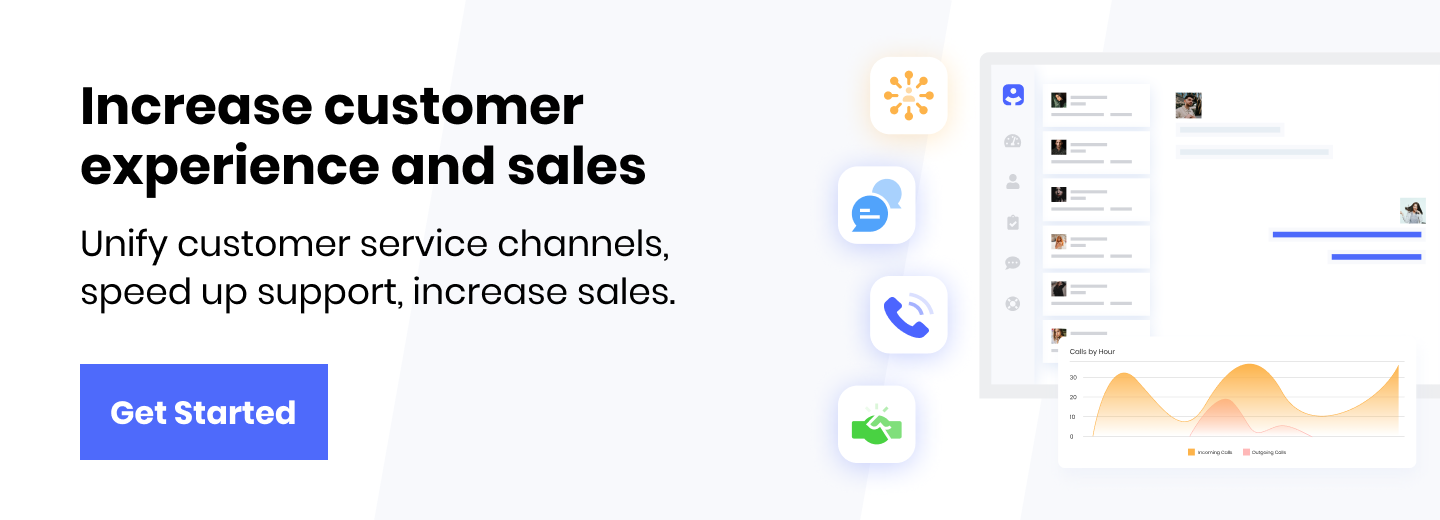Natural language processing, one of the sub-categories of artificial intelligence technologies, works through receiving and processing the human language by machines. Besides the machine language in computer worlds, NLP helps analyze voice texts. So, how can itbe created?
About Natural Language Processing
Natural language processing (NLP) encompasses understanding and reproducing the structures of languages such as Turkish, German, French, and English by analyzing them. It is widely used in many areas. According to the research of IBM, natural language processing is used in spam detections in emails, in chatbots such as Apple-Siri and Amazon-Alexa, sentiment analysis on social media platforms, and machine translations.
How Does It Work?

The unstructured data added to NLP is brought to a suitable form, defined, and analyzed according to the identified rules with a machine. Machine benefits from algorithms and codes to relational meanings for the studied languages. The data by Sas suggest that NLP also benefits from machine learning and deep learning to resolve uncertainty in different languages.
How to Create Natural Language Processing Pipeline
Natural language processing consists of a 5-step procedure. These are:
1) Sentence Segmentation: Voice texts should be analyzed by segmenting the sentences. This way, long texts can be separated into parts quickly.
2) Word Tokenization: Tokenization is a term that refers to digitalizing transactions. Tokenization of segmented sentences makes processing each sentence easier one by one.
3) Predicting Parts of Speech for Each Token: Word structures such as verb or subject are predicted after the tokenization. That allows the most accurate prediction by knowing all the roles of words in a sentence.
4) Text Lemmatization: Lemmatization is the process of finding out the simple form of words. There are differences between a word’s singular and plural versions in many languages. It is possible to figure out the simple forms of words by paragraph and word lemmatization.
5) Identifying Stop Words: Stop words such as “and, but, like” in texts are filtered and separated.
Morphologies to Know for Natural Language Processing

Among the essential points for NLP is the morphology of the language being worked on. Each language has its unique rules, writing, and pronunciation types. Therefore, it is crucial to categorize language features to work with NLP. While working with NPL, you should know the morphological levels of the relevant language. These levels are:
- Semantic level,
- Syntactic level,
- Pragmatic-discourse level,
- Morphological-lexical level.
What Are the Advantages of Natural Language Processing?
We can list the advantages that natural language processing work provides by using advanced technologies below:
- Automatic translations of written documents,
- Question-answer machines software,
- Command comprehension,
- Automatic conversations,
- Translations,
- Spell checks,
- Voice and character recognition analysis.
Reach Your Customers Through the Latest Technologies With Infoset
Benefiting from artificial intelligence and technologies such as NLP also provides a good customer experience at the enterprise level. Therefore, systems used to provide customer support while purchasing such products and services or customer feedback are significant. You can manage all your support and sales processes with Infoset and provide secure and efficient communication for your customers through the call center infrastructure. Start using Infoset today to offer a better experience to your customers!






